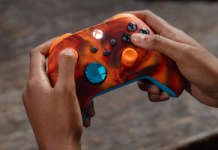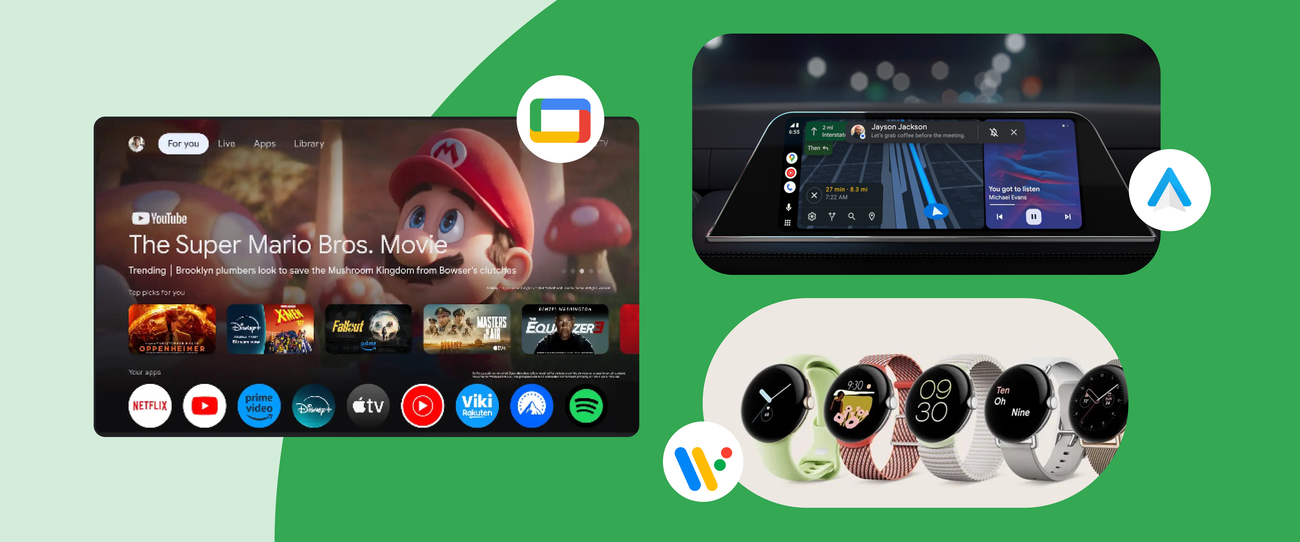Celebrating a Decade of Expansion: Android’s Journey from Phones to Cars, TVs, and Wearables
Ten years ago, Android underwent a significant transformation. Not only did it surpass a billion active users, but in 2014, the versatile operating system extended beyond smartphones and tablets to include three new platforms: Android Auto for vehicles, Android TV for smart televisions, and Android Wear for smartwatches. This expansion introduced Android to hundreds of millions of new devices, embedding Google services into even more aspects of daily life.
A Mission of Inclusivity and Choice
Since the launch of the first Android device in 2008, Google has been dedicated to making technology accessible and useful for everyone. "Our mission since the launch of the first Android device in 2008 has been to work with the industry and build for everyone, everywhere — to provide people with choice," says Sameer Samat, President of the Android Ecosystem. "And in 2014, we decided to take that to the next level."
Cars, smartwatches, and TVs may seem like disparate categories of devices, each with unique hardware and form factors. However, Android’s open platform, developer-friendly design, and inherent flexibility made it an ideal candidate for adaptation across these new domains.
Android Hits the Road: The Advent of Android Auto
In 2010, Google Maps revolutionized driving with the introduction of turn-by-turn navigation, making travel significantly more efficient. Recognizing an opportunity to enhance the driving experience further, Google introduced Android Auto in 2014.
"Smartphones were not designed to be used in a vehicle by a driver. So we looked at this as an opportunity to create a safer and more seamless connected experience," explains Patrick Brady, Vice President of Android Auto. "We realized we could leverage the computers in everyone’s pockets that had an ecosystem of millions of apps used by over a billion people. So we adapted Android — and its apps — to work in cars."
The concept behind Android Auto is straightforward: by connecting your smartphone to your car’s display, you can access Android apps directly from the screen. This allows for hands-free calls, music streaming, and navigation, all aimed at making driving safer and more enjoyable.
Android TV: Transforming the Living Room Experience
In the realm of home entertainment, Android TV emerged as a game-changer. It brought the power of the Android operating system to televisions, offering a smart and connected viewing experience. The platform supports a wide range of apps, from streaming services like Netflix and YouTube to games and utilities, all accessible via a user-friendly interface.
One of the key strengths of Android TV is its integration with Google Assistant. This allows users to control their TV with voice commands, search for content, and even manage smart home devices, making it a central hub for home automation.
Android Wear: Bringing Smart Functionality to Your Wrist
The introduction of Android Wear (now Wear OS) marked Google’s entry into the wearable technology market. Smartwatches powered by Android Wear offer a range of functionalities, from fitness tracking and notifications to voice commands and app integrations.
Android Wear’s flexibility has allowed manufacturers to create a variety of smartwatch designs, catering to different tastes and preferences. This openness has fostered a diverse ecosystem of devices, providing consumers with numerous choices.
The Impact and Future of Android’s Expansion
The expansion of Android to cars, TVs, and wearables has had a profound impact on the technology landscape. It has enabled seamless connectivity and integration across different aspects of daily life, enhancing convenience and productivity.
Moreover, the open nature of Android has encouraged innovation and competition, driving the development of new apps and services. This has benefited consumers by providing them with a wide range of options and fostering a vibrant ecosystem of devices and applications.
Looking ahead, the future of Android’s expansion appears promising. As technology continues to evolve, there are numerous opportunities for further integration and enhancement. For instance, advancements in artificial intelligence and machine learning could lead to even smarter and more intuitive devices. Additionally, the growing adoption of 5G technology could enable faster and more reliable connectivity, opening up new possibilities for Android-powered devices.
Good to Know Information
For those interested in the technical aspects, Android Auto uses a simplified interface designed for minimal distraction. It emphasizes large buttons, voice commands, and easy-to-read fonts, ensuring that drivers can stay focused on the road. Android TV, on the other hand, leverages the same Google Play Store as smartphones, allowing users to download a wide variety of apps. Wear OS smartwatches sync seamlessly with Android smartphones, providing real-time notifications and updates.
Reviews and Reactions
The reception to Android’s expansion into new platforms has been overwhelmingly positive. Users appreciate the seamless integration and the convenience of having a consistent operating system across different devices. Reviews often highlight the user-friendly interfaces and the wide range of available apps and services.
In the automotive industry, Android Auto has been praised for enhancing safety and convenience. Drivers value the ability to use their favorite apps without taking their eyes off the road. Similarly, Android TV has been lauded for transforming the traditional TV experience, making it more interactive and engaging.
Wear OS has also received positive feedback, particularly for its fitness tracking capabilities and customizable watch faces. Users enjoy the ability to personalize their smartwatches to suit their individual styles and needs.
Conclusion
The past decade has seen Android grow from a mobile operating system to a versatile platform that powers a wide range of devices. By extending Android to cars, TVs, and wearables, Google has brought its services to more places, enhancing convenience and connectivity for users.
As technology continues to advance, the potential for further innovation and integration is immense. Android’s journey is far from over, and the next decade promises even more exciting developments. Whether it’s through smarter cars, more connected homes, or advanced wearables, Android is set to remain at the forefront of technological innovation, providing users with a seamless and integrated experience across all aspects of their lives.
For more Information, Refer to this article.

































